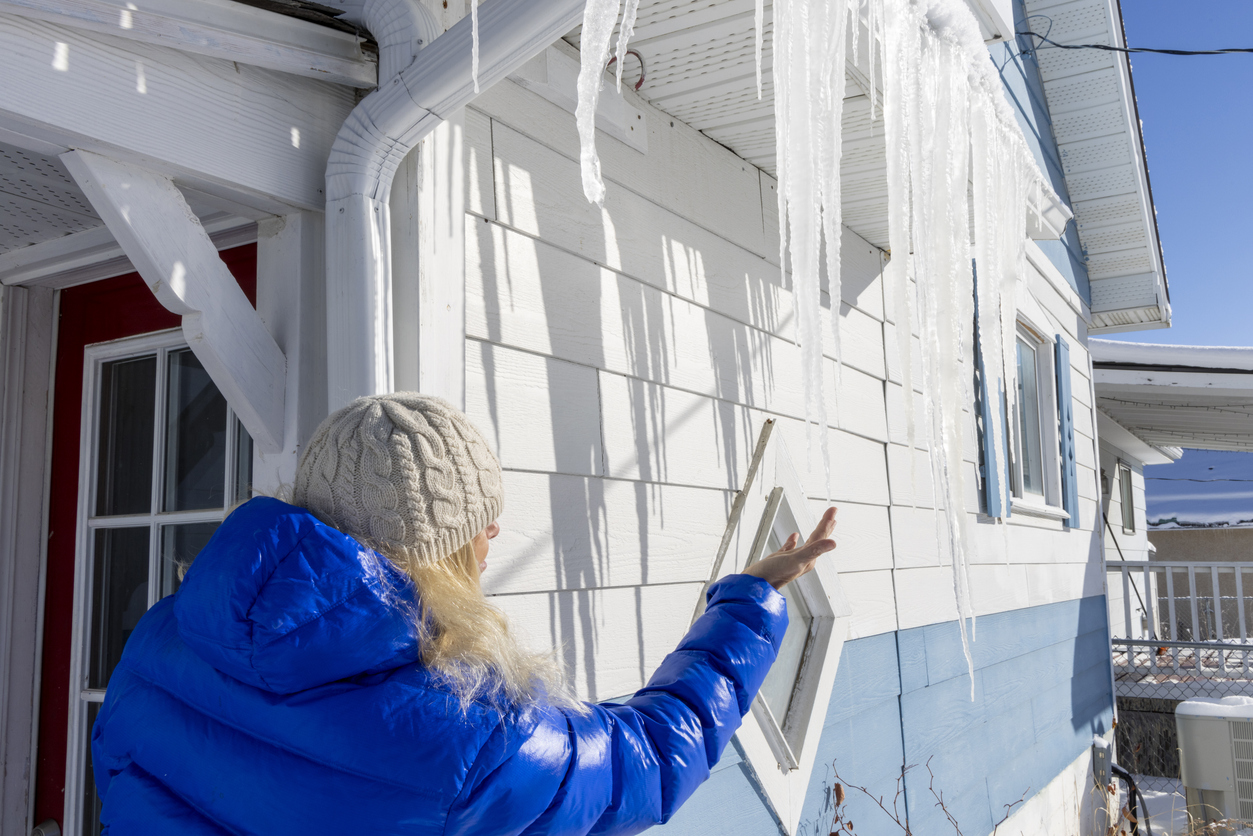If you are a property insurance professional, you are undoubtedly aware of the harsh reality that the hardships of a loss event are rarely quickly resolved for a policyholder once the flames are extinguished. Instead, this marks the beginning of the claim handling process that can take months or years, bringing along its own challenges. But for some, the end of the claims process may not be the finish line, either.
Claim reports made following a loss may have an adverse effect on a homeowner’s ability to maintain comparable coverage. The impact may range from a minor increase in premiums to the inability to find coverage in the admitted market (this is a more prevalent risk in states such as California, where some insurers have been hesitant to insure homes previously impacted by wildfire). As a policyholder or advocate, awareness of this reporting process and knowing how to correct any inaccuracies can be a valuable tool beyond claim handing.
Insurance claims are usually reported to one of two databases, LexisNexis’ C.L.U.E. (Comprehensive Loss Underwriting Exchange) or Verisk A-PLUS (Automated Property Loss Underwriting System). Because of the prominence of C.L.U.E., it has been used as the descriptor for the reports, just as Band-Aid is used for bandages or Kleenex for tissues. C.L.U.E. reports provide a streamlined way for insurers to share claim history and are used to assist underwriting or rating an insurance policy. Reports are used by insurers to assess risk of future loss to a property, and prior losses are a key indicator. The reports usually include the policyholder’s name, date of birth, policy number, and claim information up to seven years prior. The claim information may include the date of loss, type of loss, amounts paid for a claim, and type of property covered.
Only the insurance companies that subscribe to C.L.U.E. may submit and access reports. Since few policyholders are aware that C.L.U.E. reports exist, inaccuracies in the report are more likely to be found only after premiums have increased or a carrier non-renews a policy. In states where finding insurance in high-risk areas is increasing in difficulty, this could mean the difference of thousands of dollars per year in premiums, or policies that do not provide as robust coverage (e.g., a FAIR Plan fire policy).
Policyholders, however, can also access reports on their own properties. Under the Fair Credit Reporting Act, policyholders may request a copy of their C.L.U.E. report from LexisNexis by calling (866) 312-8076 or visiting https://personalreports.lexisnexis.com. Along with a free copy every year, policyholders are also entitled to a report if an insurance company makes an adverse decision based on information contained in a report. Consumers are not allowed to access reports for the properties of others.
If you find any inaccuracies when reviewing a report, the Fair Credit Reporting Act offers a formal dispute process. Once a dispute is received, the reporting agency must:
- Investigate within 30 days (this time may be extended for 15 more days if additional information is provided within this initial time period)
- Remove disputed information if, after review, the information cannot be verified, and
- Send a written notice within five days after the investigation is complete.
Alternatively, if there is information adversely impacting a consumer, but the information is not per se inaccurate, consumers may make a notation to their individual C.L.U.E. reports. This may be very beneficial, for instance, to inform insurers that the brush that contributed to a previous fire has since been cleared, or where a policyholder settles a litigated insurance claim with their insurance company including both contract damages and extra-contractual damages that do not directly relate to policy benefits. Keep this in mind when signing a release of claims, including any form of confidentiality or non-disclosure clause. Notably, insurers may not make notions to your file.
Finally, be aware that state laws may vary. For example, your state may add additional protections and set out additional rules related to these reports.




